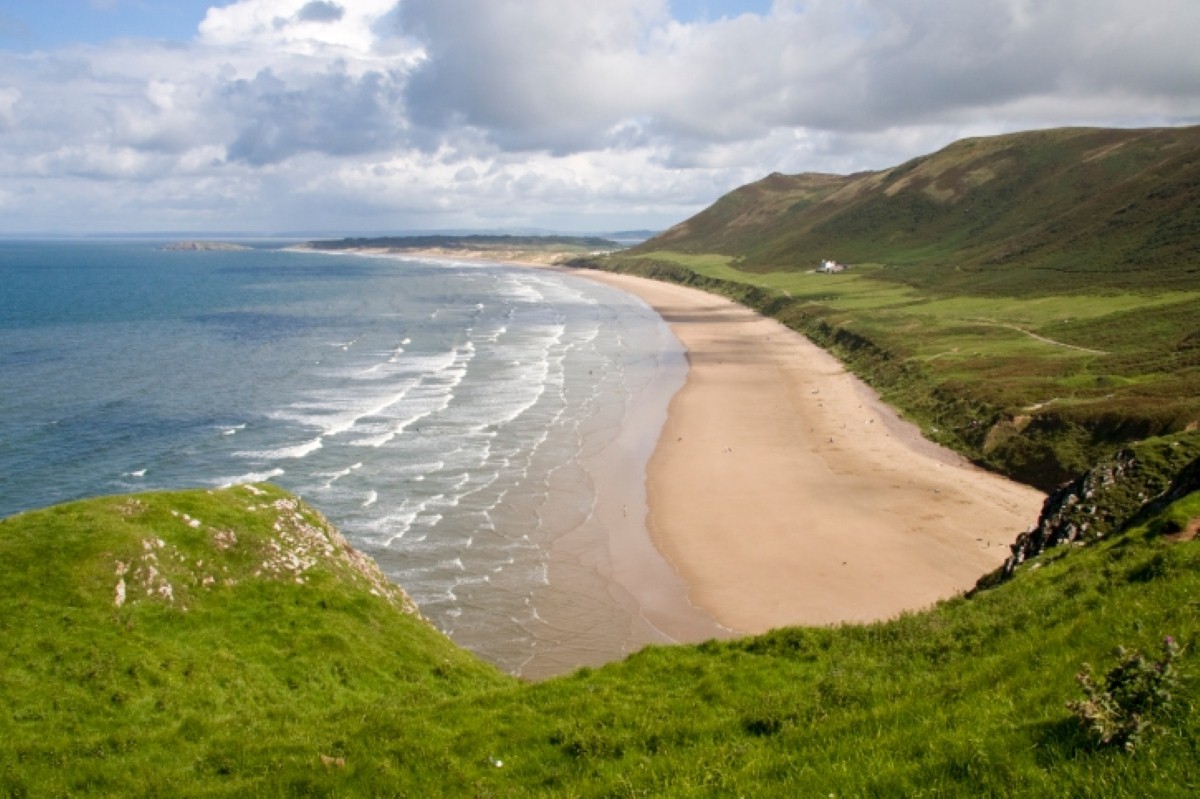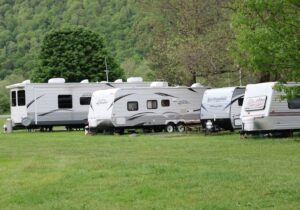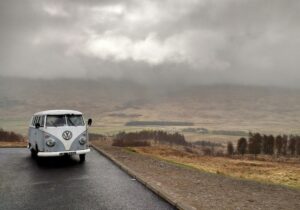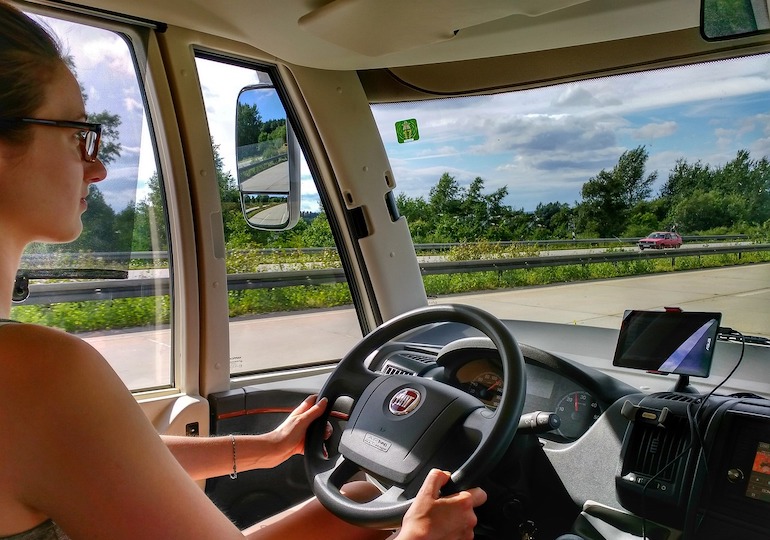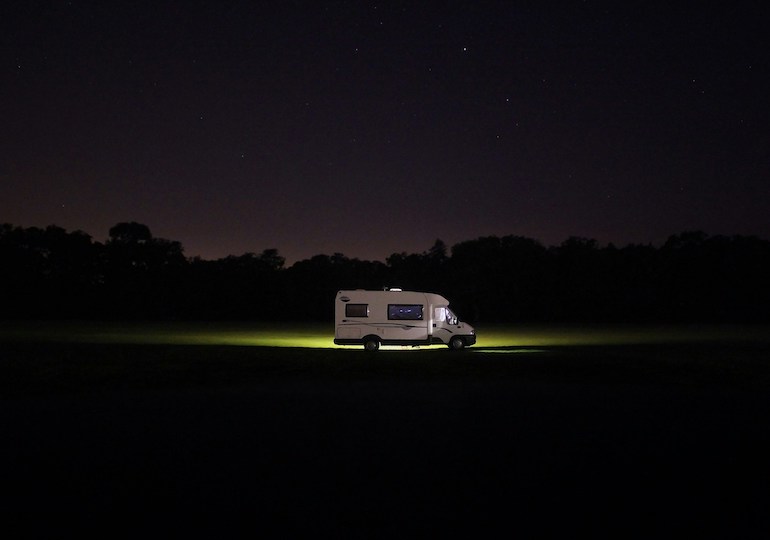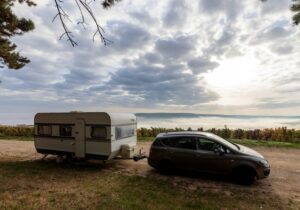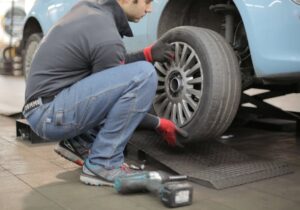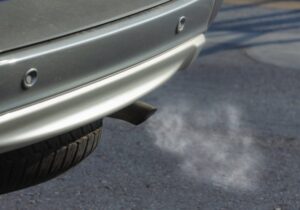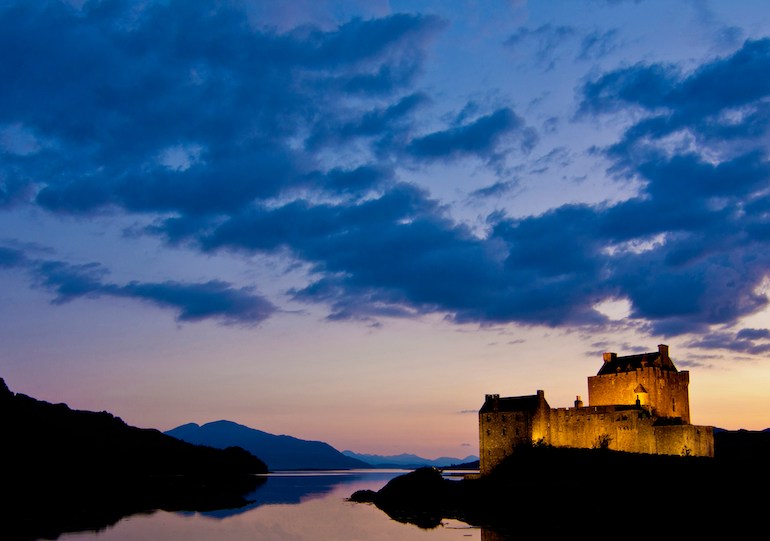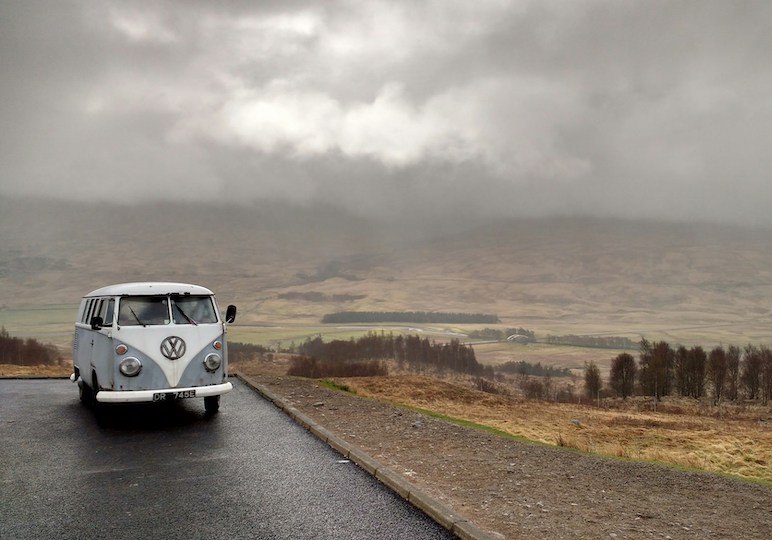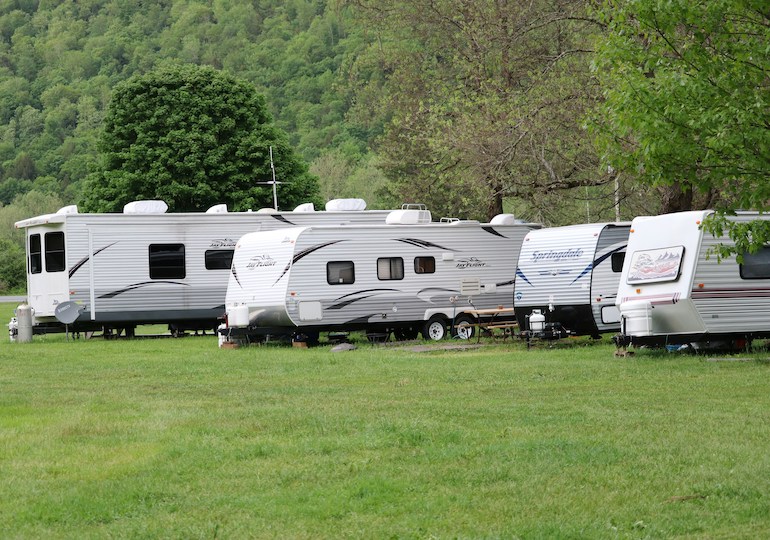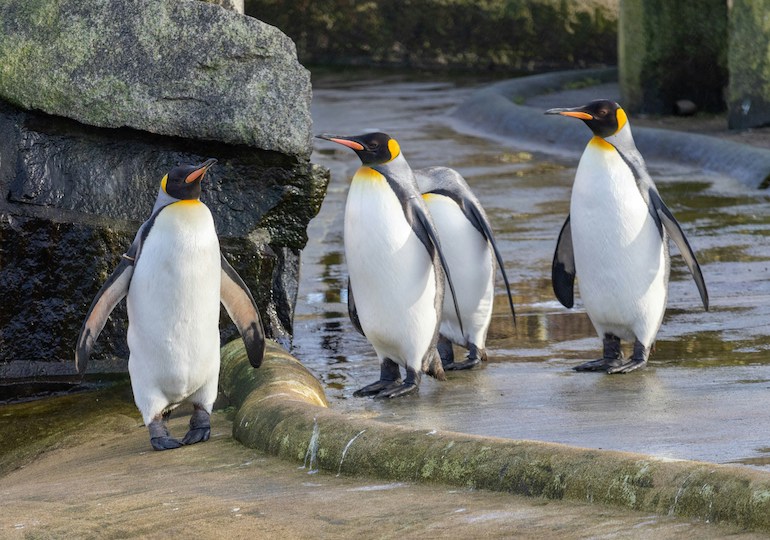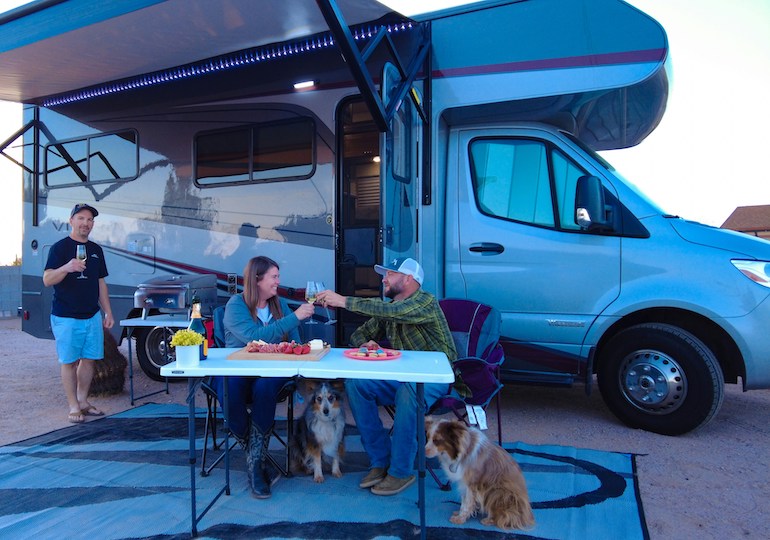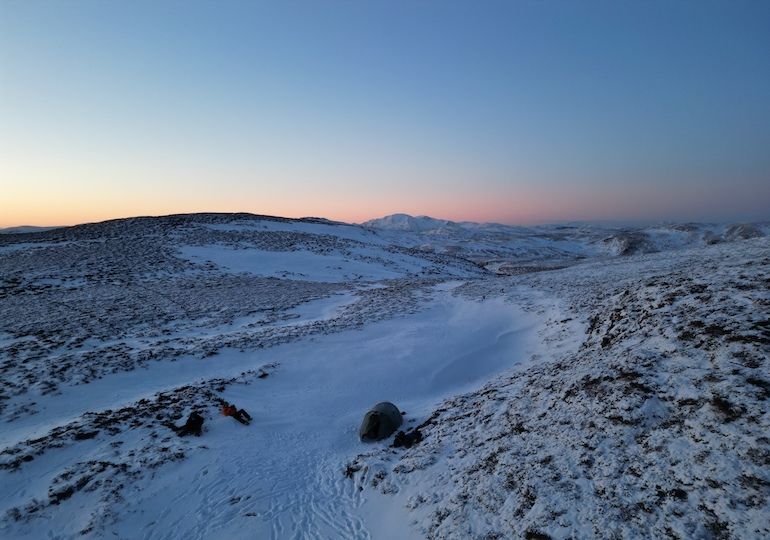by Tom Leaning
We’re celebrating Wales Tourism Week (15-21 May), and caravan park owners have been using this opportunity to ask customers what they want out of a holiday to the beautiful Celtic nation.
Customers told park owners that they were seeking an experience as well as a quality location when they choose a caravan or camping holiday in Wales, during an event organised to celebrate Wales Tourism Week.
Caravan park owners, tourism leaders, Assembly Member Russell George, Shadow Secretary for Economy and Infrastructure, Glyn Davies, prospective Conservative parliamentary candidate for Montgomeryshire and university graduates attended the event in Machynlleth organised by British Holiday and Home Park Association’s Mid Wales branch.
A tour of the five-star Morben Isaf Holiday Park at Derwenlas was followed by visits to Montgomeryshire Wildlife Trust’s Dyfi Osprey Project, caravan dealership Salop Leisure’s Machynlleth sales centre and Plas Dolguog Hotel, where there was a tour of solar panel and biomass systems.
Speakers included Rufus Bellamy, son of famous botanist and environmental campaigner, David Bellamy, Dr Brian Garrod, head of tourism at Aberystwyth University, Glyn Roberts, head of quality development and operations at Visit Wales, Dylan Roberts, managing director of Salop Leisure, Val Hawkins, MWT Cymru chief executive, Richard Rhodes, director of the BH & HPA’s Mid Wales branch and Mr George.
Visit Wales data shows that quality standards on caravan parks in Wales are constantly rising to match customer expectations. Seventy-seven per cent of parks achieved four and five star gradings in 2017 compared to 72 per cent in five years ago.
Caravanners and campers spent £428 million in Wales in 2015 when there were 2.6 million visits. The prime months for visitors were from May to August with 63 per cent attracted by the seaside, 23 per cent by the countryside and 14 per cent by small towns. A quarter of all visitors to Wales stayed in caravans or camping accommodation.
More than half – 52 per cent – of caravan and camping businesses welcomed more visitors last year and 87 per cent of them are confidently looking forward to 2017. Occupancy rate from April to October was 82 per cent for caravan holiday homes and 28 per cent for touring caravan and camping pitches.
Dylan Roberts confirmed how important customer experience had become to the industry. Many park owners were now organising activities, such as guided beachcombing, artist classes fishing and cycling, for customers.
Local businesses, such as pubs, restaurant, shops, café, petrol and tourist attractions, all benefit from the spending power of caravan holiday home owners,
“The trend is to create a community within your park so that owners want to visit their caravans and the local area more than to stay at home,” he added.
Mr Rhodes said it was important that customers staying on parks had a range of interesting things to do, which highlighted the need for quality local attractions.
Mr Bellamy, who now manages the David Bellamy Conservation Award Scheme and is the BH&HPA’s national adviser on conservation and environmental management, said the award scheme was very much a partnership between his father and the industry to celebrate what is being done to help individual parks to improve.
He was impressed to see the partnership between Morben Isaf Holiday Park and the Dyfi Osprey Project. He said there was a lovely balance between managed parkland and wild areas on the park that allowed holidaymakers to get close to wildlife.
Kim Williams, Dyfi Osprey Project officer, spoke of the good relationship between the project and the holiday park. She said tourism was crucial to the project, which attracts around 40,000 visitors and is now self-funding.
“Without tourism we wouldn’t be here,” she said. “We do draw people from the local community, but the majority of our visitors are tourists.”
Mrs Hawkins outlined the work of MWT Cymru to promote Mid Wales as a tourism destination. She said the partnership between Morben Isaf Holiday Park and the Dyfi Osprey Project was an excellent example of collaboration and helped to showcase what the Dyfi Biosphere has to offer visitors.
Mr George said: “More tourists than ever before are visiting Mid Wales to see what our wonderful region has to offer with its world-renowned heritage sites, fantastic food and drink, the coastal path, beautiful market towns and fantastic mountain ranges.
“It has a countryside other holiday regions in Britain would die for and I want to see the Welsh Government shout about these assets from the roof tops. Tourism habits are changing and Mid Wales is well-placed to benefit from this, but only with the right action plan which will allow the tourism industry in the region to flourish and reach its full potential.”
Dr Garrod stressed the importance of Wales Tourism Week for bringing together stakeholders from across the tourism industry to work collaboratively.
As the UK moves to leave the European Union, he said it was important that universities and training providers collaborate with the tourism industry to prepare to fill any skills gaps that could be left in the workforce by European workers leaving following Brexit.
Wales Tourism Week is organised by the Wales Tourism Alliance (WTA), the voice of the tourism industry in Wales, in association with Visit Wales and the tourism industry. This year’s theme is a ‘celebration of our tourism heroes’.

